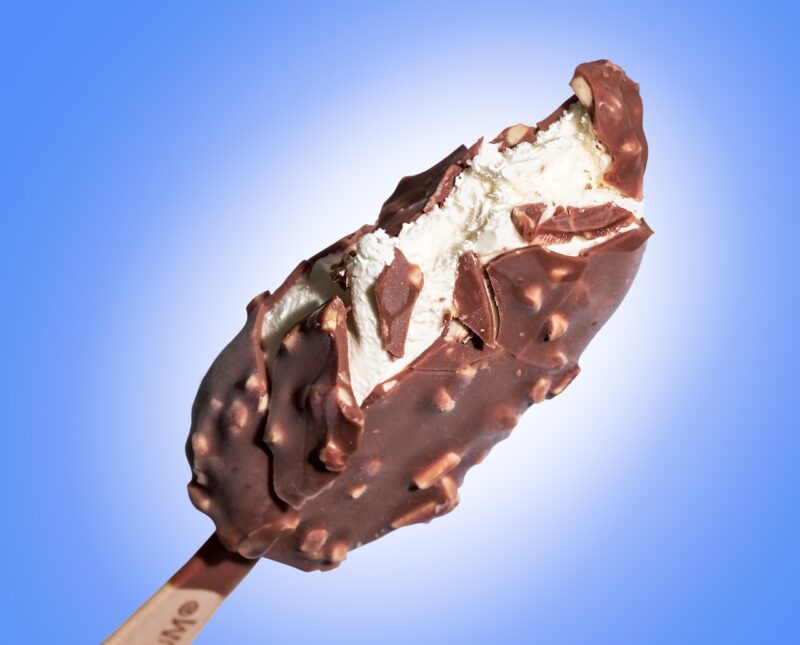The Rise of Dairy-Free Ice Cream and How It’s Changing Dessert Culture
November 16, 2024

In recent years, the dessert landscape has experienced a remarkable transformation, with dairy-free ice cream leading the charge in this revolution. Once confined to the fringes of the dessert menu, dairy-free ice cream is now a staple found in many grocery stores and dessert shops across the globe. This shift reflects not just a change in consumer preferences, but also a deeper cultural movement towards more inclusive dietary options.
1. The Evolution of Ice Cream: A Brief History
Ice cream has a rich history that dates back centuries, originating in ancient China around 200 BC where a mixture of milk and rice was packed in snow. Fast forward to the late 18th century, and ice cream began to take its modern form in Europe, becoming a beloved treat in the United States shortly thereafter.
However, traditional ice cream has always relied heavily on dairy products. The classic recipes often include milk, cream, sugar, and eggs, which, while delicious, pose challenges for people with lactose intolerance, dairy allergies, or those following vegan diets. As the awareness around health and nutrition has grown, so too has the desire for alternatives that cater to diverse dietary needs.
2. The Demand for Dairy Alternatives
The rise of dairy-free ice cream aligns with a broader trend: the increasing demand for plant-based food options. According to a study by the Plant Based Foods Association, the plant-based food market has seen remarkable growth, with dairy alternatives leading the charge. Health-conscious consumers are opting for alternatives due to:
- Lactose Intolerance: Approximately 65% of the global population faces some degree of lactose intolerance, prompting many to seek dairy-free options.
- Vegan Diets: With an increasing number of people adopting vegan lifestyles, dairy-free ice cream caters to this growing demographic.
- Health Preferences: Many consumers are opting for lower-fat, lower-calorie, or lower-sugar desserts, making dairy-free options more appealing as manufacturers innovate healthier recipes.
The growing prevalence of health issues associated with traditional dairy consumption has fostered a market ripe for innovation.
3. The Flavor Evolution: From Traditional to Trendy
Dairy-free ice cream has come a long way in terms of flavor and texture. Early versions were often criticized for being icy or lacking creaminess. However, today’s innovative brands are using a variety of plant-based bases such as almond, cashew, coconut, and oat milk, achieving a consistency and creaminess that rivals traditional ice cream.
Popular flavors have expanded beyond vanilla and chocolate to include:
- Salted Caramel: The rich flavor profile combined with a dairy-free twist has become a favorite.
- Matcha Green Tea: This trending flavor captures the attention of health-conscious ice cream enthusiasts.
- Mochi and Asian Influences: Flavors inspired by traditional Asian desserts, such as black sesame or red bean, are increasingly gaining popularity.
This flavor exploration reflects a growing appreciation for global cuisines and an exciting innovation in dessert culture.
4. The Culture Shift: Inclusivity in Dessert Choices
The rise of dairy-free ice cream signifies a larger cultural shift towards inclusivity. By offering dairy-free options, ice cream brands are reaching a wider audience and making desserts accessible to those who may have felt excluded from traditional options. This inclusivity not only benefits consumers but also enhances brand loyalty.
As dessert consumption becomes more communal, businesses are recognizing that creating a welcoming environment where everyone can indulge is key to success. Many ice cream shops now proudly feature dairy-free options on their menus, thus embracing a culture of variety and acceptance.
5. The Health Debate: Is Dairy-Free Ice Cream Better?
While dairy-free ice creams offer lactose intolerance solutions, debates around health implications are multi-faceted. It is essential to consider:
- Nutritional Profiles: Some dairy-free alternatives may contain added sugars and fats to replicate traditional flavors and textures, so it’s crucial to read labels to make informed choices.
- Natural Ingredients: Many brands focus on using whole, natural ingredients rather than artificial flavors and additives, appealing to health-conscious consumers.
- Caloric Content: Although dairy-free options can be lower in calories, not all products are created equal. Researching brands and products for their caloric content remains vital.
Consumer education becomes necessary as people navigate their dietary preferences. Ultimately, balancing indulgence with nutritional consciousness remains key.
6. The Future of Dessert Culture: What Lies Ahead?
Looking forward, the future of dairy-free ice cream appears bright. With continuous innovations in flavors, techniques, and nutritional benefits, dairy-free ice cream is expected to solidify its place in mainstream dessert culture. We may witness:
- Increased Customization: With technology advances and growing consumer demand, customizable ice cream could become more prevalent, allowing customers to create their unique combinations.
- Sustainability Focus: Brands increasingly prioritize sustainable sourcing of ingredients, and environmental concerns will drive more consumers toward dairy-free options.
- Innovative Ingredients: Expect more ice cream alternatives utilizing advanced plant-based ingredients that could replicate creaminess and rich textures found in traditional ice cream.
The dialogue surrounding dairy-free ice cream represents a fascinating intersection of health, culture, and innovation, urging traditional dessert ideals to evolve.
Conclusion: A Sweet Transformation
The rise of dairy-free ice cream has not only created options for those with dietary restrictions but has also transformed the dessert landscape into a more inclusive and exciting arena. As innovations continue to emerge, consumers can finally enjoy indulging in their favorite treats regardless of their dietary preferences.
This cultural shift signifies a sweet transformation that invites everyone to partake in the joys of dessert, making dairy-free ice cream an everlasting staple in our dessert culture.








